Professional audio amplifier terminology
 Jul 31,2024
Jul 31,2024

 Shuoyi
Shuoyi
Output Power: It indicates the output power of the power amplifier under a certain load. Generally, the amplifier manual indicates the output power under 8 ohm load, 4 ohm load, or 2 ohm load. It also indicates the output power of the amplifier under bridge state, 8 ohm load, or 4 ohm load. This output power represents the rated output power of the amplifier, not the maximum or peak output power.
Load Impedance: indicates the load capacity of the power amplifier. The smaller the impedance of the load, the stronger the current capacity that the power amplifier can pass through. Generally speaking, the minimum load impedance of most power amplifiers is 4 ohms, and the minimum load impedance of high-quality power amplifiers is generally 2 ohms. When using dual channels, a 4-ohm amplifier can be loaded, with a minimum load of 8 ohms in bridging mode. When using dual channels, a 2-ohm amplifier can be loaded, and when using bridging mode, a 4-ohm amplifier can be loaded. In the bridging state, only an 8-ohm amplifier can be loaded, and lower impedance cannot be loaded, otherwise the amplifier will burn out due to excessive current.
Stereo Mode or Dual Mode: A typical amplifier has two independent amplification circuits inside, which can respectively receive two different signals for amplification and output. This working state is called stereo mode.
Bridge Mode: Bridge mode is a way to generate a larger output voltage by pushing and pulling two amplification circuits inside the amplifier. When the amplifier is set to bridge mode, it becomes a monaural amplifier that can only accept one input signal for amplification. The output terminal is between the positive terminals of the two amplifier outputs.
Parallel Mode: This method connects the two input signal channels of the power amplifier in parallel, with only one input signal to simultaneously drive two amplification circuits, and the output signals of the two output terminals are the same.
Frequency Range: It indicates the operating frequency range that the amplifier can amplify, usually between 20-20000 Hz. There is usually a suffix after this data, such as -1/+1dB, which represents the error or fluctuation range of this frequency range. This value is about small, indicating that the frequency response curve within this frequency range is flatter. If the frequency response range of the amplifier is tested at -3 decibels, the sound produced by this amplifier may not be as flat.
Total Harmonic Distortion (THD): It indicates that during the operation of a power amplifier, the second and third harmonics generated by inevitable oscillations or other resonances in the circuit are superimposed with the actual input signal. The output signal at the output end is not simply the same component as the input signal, but includes harmonic components. The comparison between these excess harmonic components and the actual input signal, expressed as a percentage, is called Total Harmonic Distortion. Generally speaking, the total harmonic distortion is minimized around 1000 Hz, so most amplifiers indicate that the total harmonic distortion is tested using a 1000 Hz signal. However, some more stringent manufacturers also provide total harmonic distortion data in the range of 20-20000 Hz. The total harmonic distortion is below 1%, which is generally difficult for the ear to distinguish. If it exceeds 10%, the distortion components can be clearly heard. The smaller the total harmonic distortion value, the purer the tone. The total harmonic distortion of general products is less than 1% @ 1kHz, but the smaller this value, the higher the quality of the product.
Intermodulation Distortion (IMD): Intermodulation distortion is caused by the working characteristics of transistors inside the power amplifier, which distorts the waveform of the sine wave. The existence of intermodulation distortion directly affects the sound quality. Tube amplifiers do not have intermodulation distortion, so generally speaking, transistor amplifiers do not sound as soft and comfortable as tube amplifiers. If the value of intermodulation distortion is greater than 0.1%, the sound of this amplifier will feel stiff, rough, and not expressive.
Common Mode Rejection Ratio (CMRR): CMRR is a comprehensive indicator used to measure the degree to which a common mode signal is suppressed by an amplifier. The detailed definition is not repeated, and this parameter is generally represented by a negative value, such as -60dB. This indicator is also a serious indicator that affects the sound quality of the amplifier. The lower the number of this indicator, the better the sound quality of the amplifier.
Damping Factor: This is the ratio of the internal resistance of the power amplifier to the load impedance. Damping factor=impedance of the speaker÷ (Internal resistance of the amplifier+impedance of the speaker line), high damping coefficient amplifiers enhance the control ability of the speaker unit, which can make the unit's response closer to the requirements of the amplifier output signal. However, excessively high damping coefficient will result in poor low-frequency ductility of the speaker and dry and hard sound. A relatively low damping coefficient can achieve soft bass, but a low damping coefficient will cause the bass to become sluggish and unclean. The damping coefficient of a typical power amplifier is between 200 and 1000@8 Between Ohms. Poor quality speaker cables and high wire resistance can also affect the damping coefficient of the amplifier, resulting in reduced control of the amplifier over the speaker and sound dispersion.
Input Sensitivity: This is a voltage concept that indicates the magnitude of the signal voltage at the input when the power amplifier reaches full power output. The input sensitivity voltage of a typical power amplifier is between 0.775v (0dB) and 1.5v (+6dB), with higher sensitivity voltage indicating lower input sensitivity. Some high-quality amplifiers have low input sensitivity due to the use of deeper negative feedback circuits, resulting in lower distortion, wider frequency response, and better sound quality.
Signal to Noise Ratio (S/N or SNR or Hum and Noise): refers to the ratio of the signal voltage of the power amplifier to the background noise voltage. The larger this value, the lower the noise of the power amplifier. The signal-to-noise ratio of general professional products is around 100 decibels, and when labeled with positive values, the higher the better (some amplifiers use negative values for labeling, the smaller the value, the better). Attenuating the input level gain of the amplifier (turning down the amplifier volume knob) will reduce the signal-to-noise ratio of the amplifier.
Channel Crosstalk: refers to the crosstalk generated between two amplification channels inside the amplifier through circuit coupling. If this indicator is not good, the signal of one channel will be transmitted to another channel, resulting in unclean sound in the other channel. The value of channel crosstalk is generally around -60 decibels. When this value is marked with a negative value, the lower the value, the higher the separation between the two amplification channels and the cleaner the sound.
Slew Rate: The response speed of an amplifier is generally measured by the voltage conversion rate, which is defined as the amplitude of the voltage rise in 1 microsecond. If measured with a square wave, it is the time required for the voltage to rise from the valley to the peak, measured in V/u. The larger the value, the better the transient response, and the faster the sound speed and energy concentration. The conversion rate of professional amplifiers can generally reach 40V/u s or above. The sound produced by amplifiers with a conversion rate below 20V/u s may feel sluggish and divergent.
High Pass Filter (HPF): In audio systems, sometimes there are extremely low frequency infrasonic signals mixed in with the full audio signal. These infrasonic signals cannot be heard by the human ear, but when these signals enter the speaker, they can cause the subwoofer to self excite and damage the speaker. Therefore, some amplifiers are equipped with infrasonic elimination filters inside, and some have switches on the back panel that can cut off unnecessary frequencies below 30 Hz or 40 Hz when needed to protect the safety of the speaker.
Limiter: This is one of the protection measures for power amplifiers. When the input voltage of the amplifier exceeds the input sensitivity voltage, the input signal is limited to avoid clipping distortion caused by excessively high input voltage. Some amplifiers have limiters that start automatically, while others have limiter start switches installed on the back panel to control the limiter's start status.
Ground Left Switch: The power amplifier chassis is generally connected to the power transformer shield, and the power amplifier chassis also has a ground terminal, but this "ground" is different from the "ground" of the signal. When there is interference at the grounding terminal of the power supply, turning on the grounding switch to connect the grounding of the amplifier chassis can reduce AC sound interference. If there is no interference from the power supply ground wire, do not connect it.

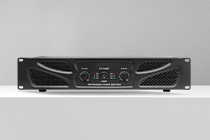
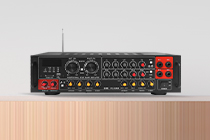
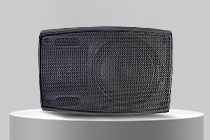



 Home
Home Tips for using wireless microphones
Tips for using wireless microphones  You May Also Like
You May Also Like
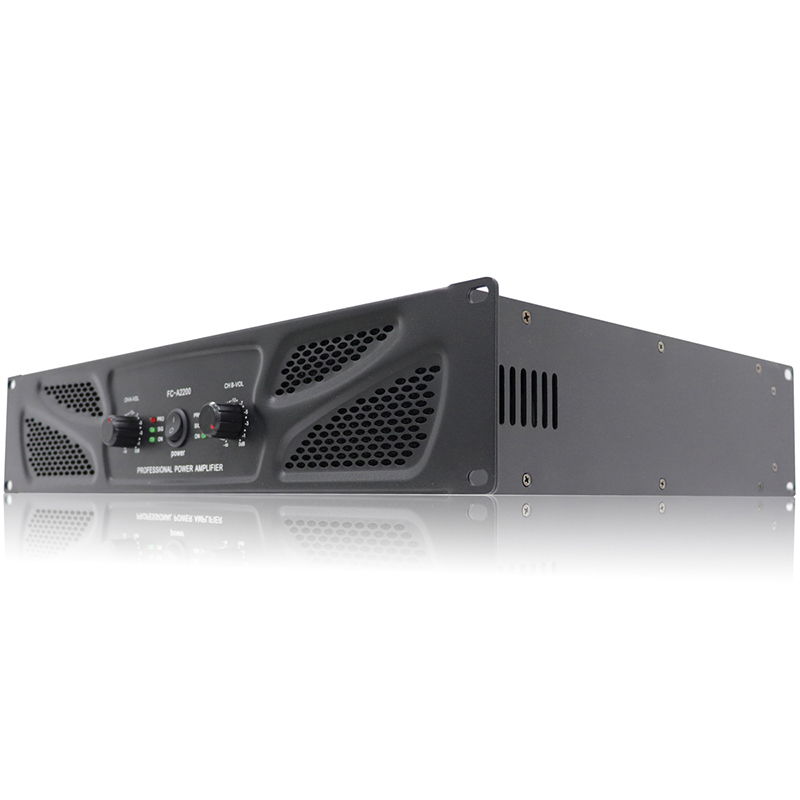

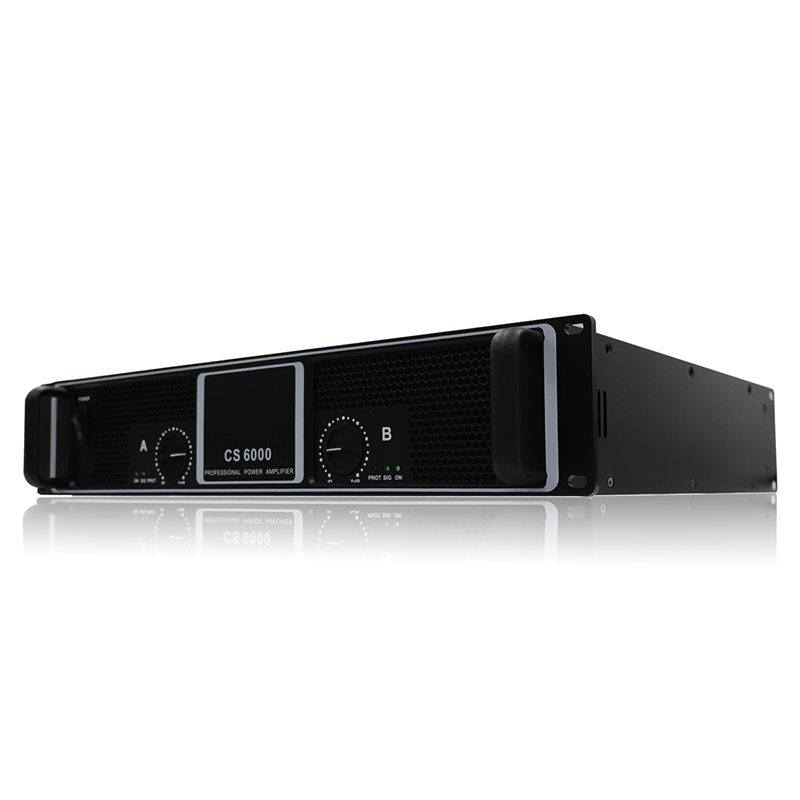
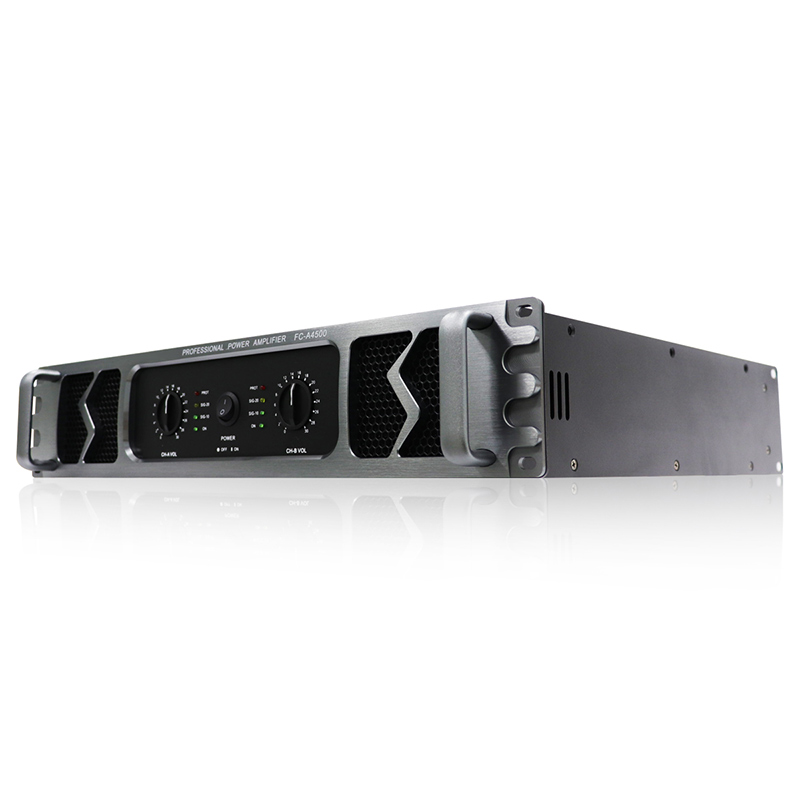
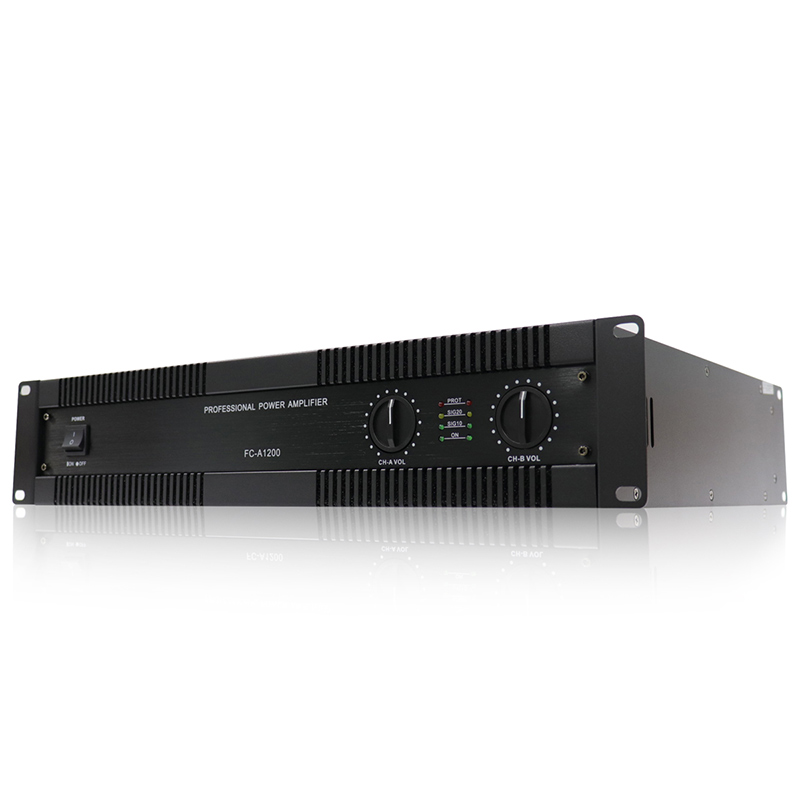
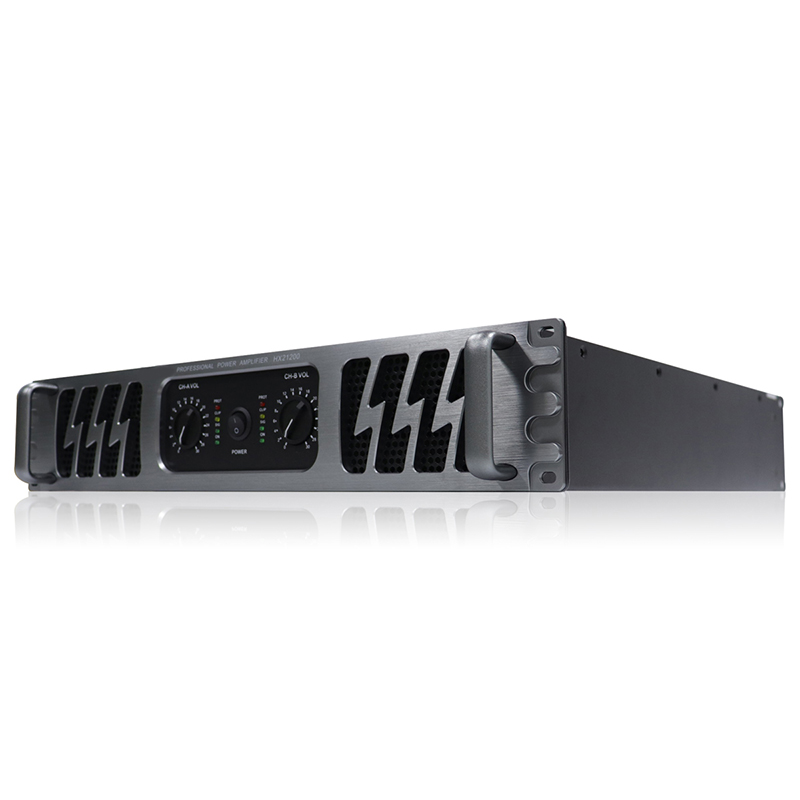
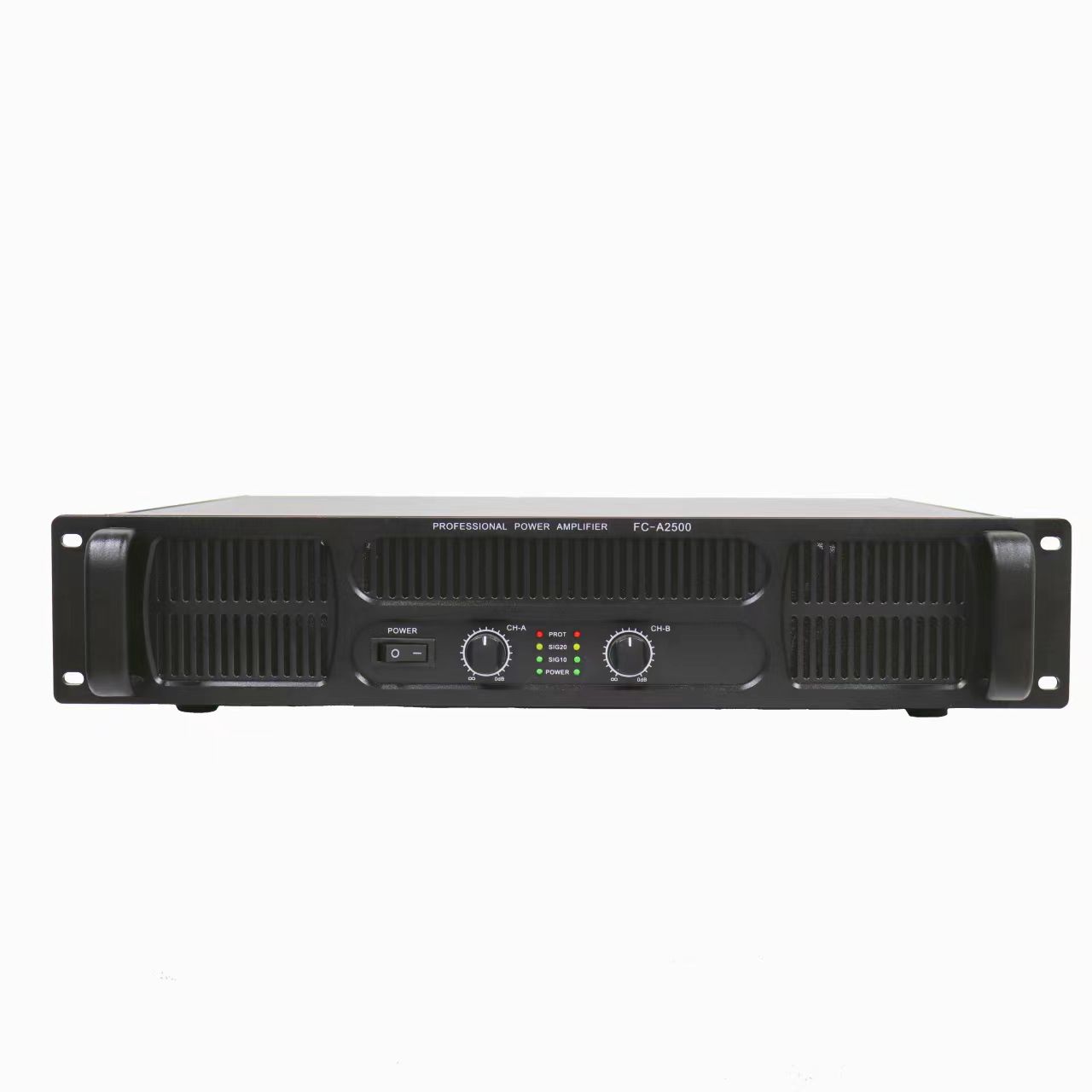
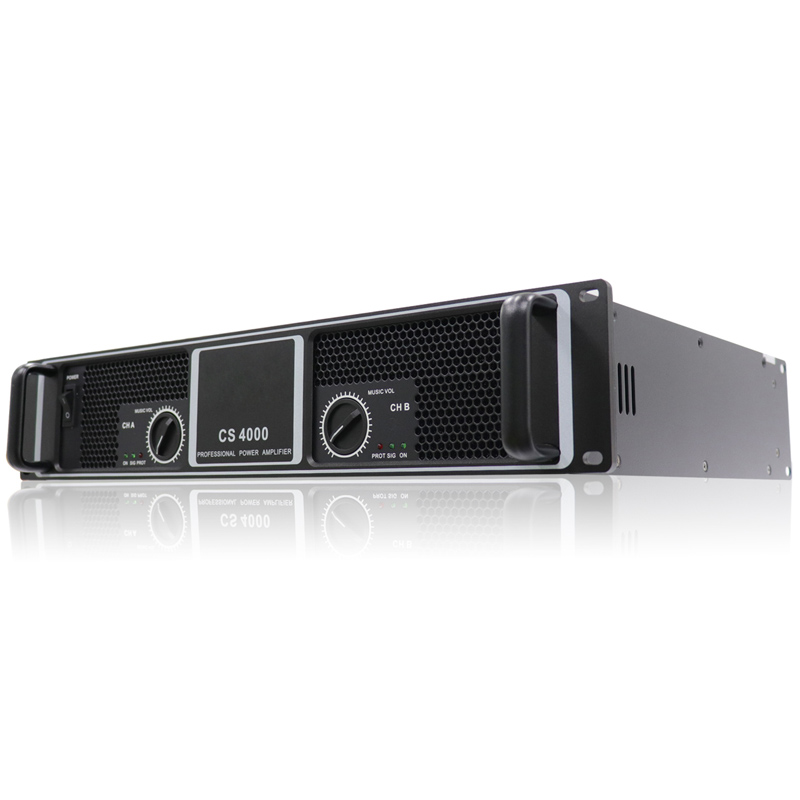
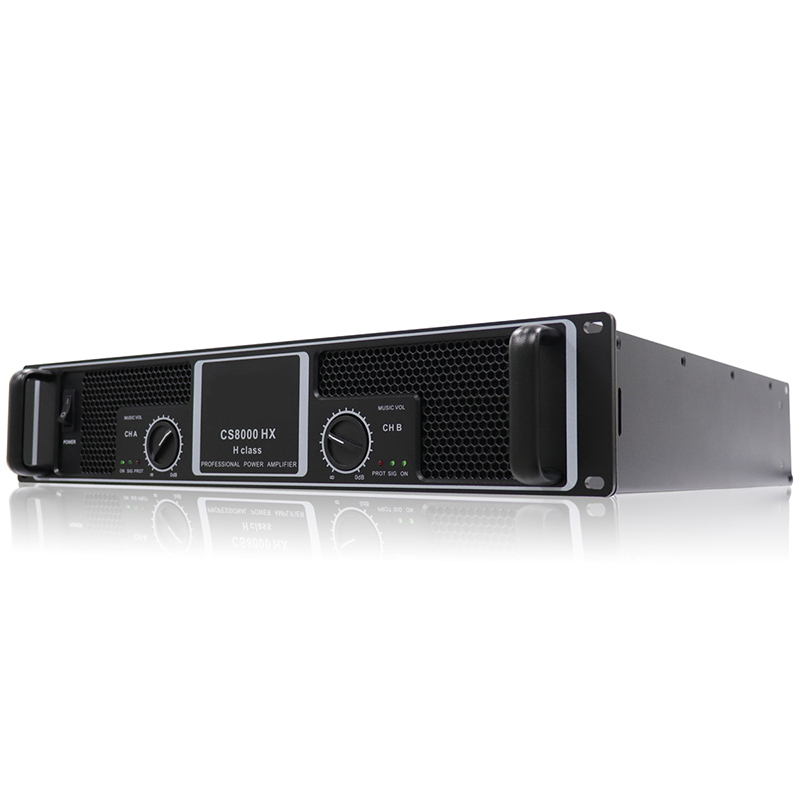

 Tel
Tel
 Email
Email
 Address
Address











